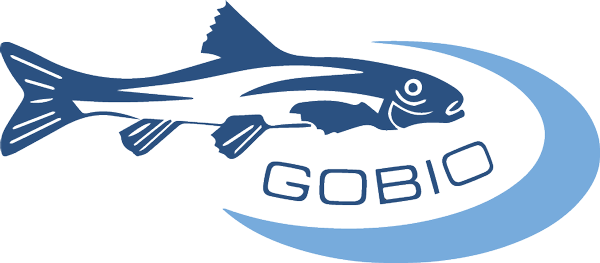Daphnia magna Acute Toxicity Test (Evaluation of acute toxicity for water fleas)
a) Acute test:
The Daphnia magna acute toxicity test serves for the evaluation of toxic effects from sewage to small crustaceans in accordance with the DIN ISO 38412-L30 1991-03 norm.
The test organism is Daphnia magna Juvenile animals with age between 2 and 26 hours are exposed to a dilution series of waste water. Loss of the swimming ability after 24 hours exposure of the test animals is examined.
The Daphnia magna test is the basis of substance evaluation in the frame of the chemical, plant protection and water quality laws.
b) 21-days Daphnia test:
In this test the reproductive toxicity of water constituents to Daphnia is determined in accordance to the OECD-guideline 211. The test organism is also Daphnia magna.
After the exposure of parental animals to non-acutely toxic dilutions of samples, the progeny size per mother is evaluated. The exposure starts with ages between 2 and 26 hours and lasts for 21 days.
Evaluated criteria are the number of viable descendants, the number of embryos in the brooding pouch and the growth of surviving mothers in relation to control animals.
This procedure is suitable for the prediction of deleterious effects that are only triggered through long exposures. The test also recognizes impairments with slow development, such as inhibition and/or arrest of growth and reproductive functions. The investigation evaluates the risk of substances for this type of organisms (small, filter feeder crustaceans) and the impacts on their biological functions in the ecosystem (e.g. control of algal blooms). The test also hints at bioaccumulation processes that lead to the enrichment of toxins in organisms and their distribution in the food chain.

